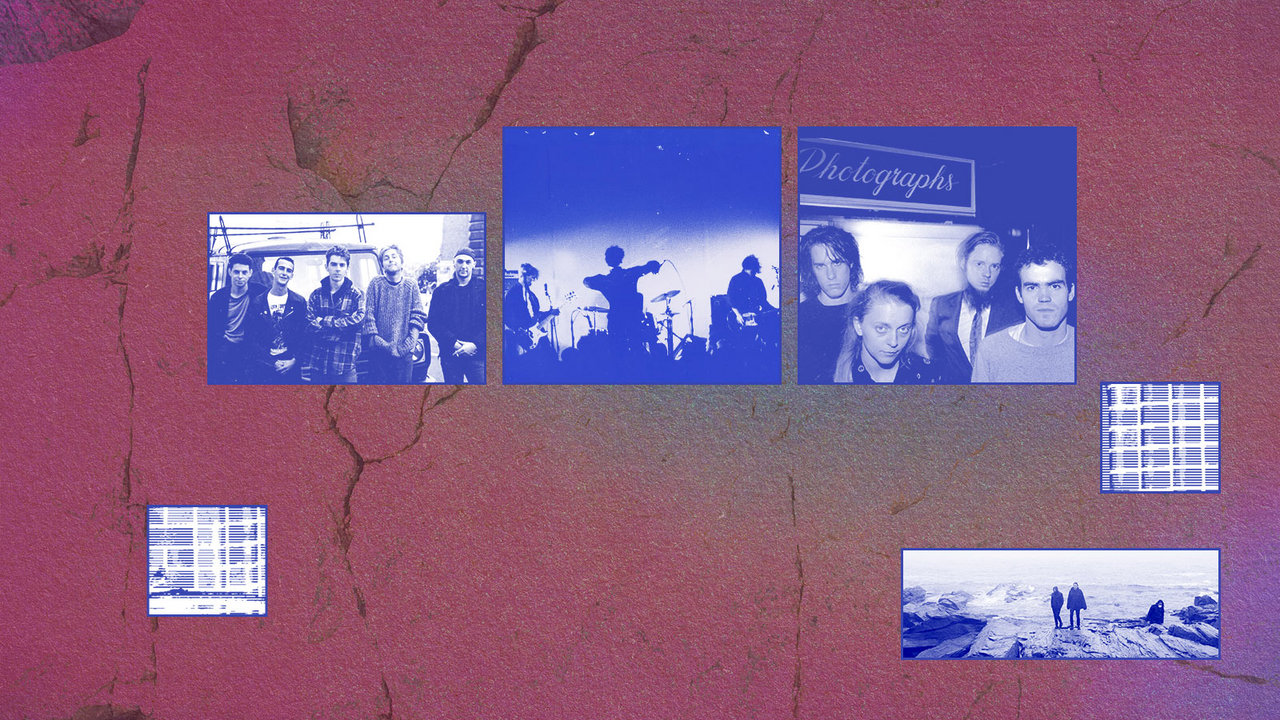 Botanist
Botanist
“Folk metal” sounds like some sort of hideously incongruous juxtaposition, like “petroleum cupcake.” Folk music is rippling water, swaying bows, and long naps amidst the dandelions; metal is twisted cancerous demons belching fire and destroying all that is good. Happy pure-hearted folk and miserable metal from the foul pit: never the twain shall meet.
The truth, though, is that folk isn’t necessarily neither happy nor pure-hearted, while metal sometimes sneaks out of the foul pit to enjoy a few moments of sunlight. Historically, in fact, metal is an outgrowth of folk music. The members of Led Zeppelin, the Viking grandpappies of the metal genre, were steeped in folk music. Their debt to Delta Blues—a folk style—is well-known. But they also were strongly influenced by the contemporary English folk scene, name-checking Roy Harper and ripping off numerous folk artists including guitarist Bert Jansch and singer-songwriter Jake Holmes.
Post-Zeppelin, metal wandered away from its folk roots—but as this list shows, they’ve never been entirely left behind.
Comus


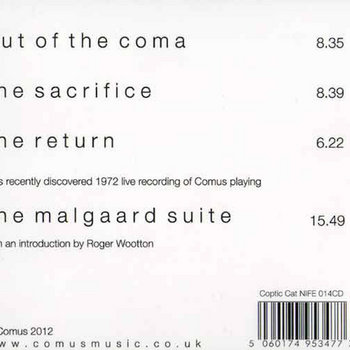

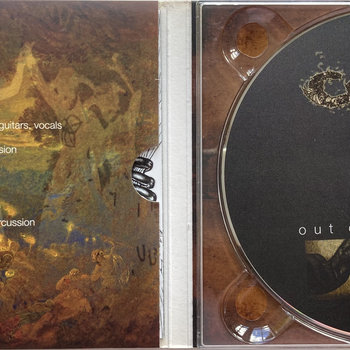
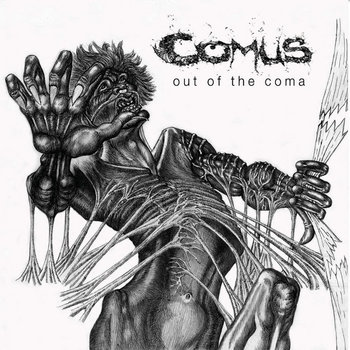
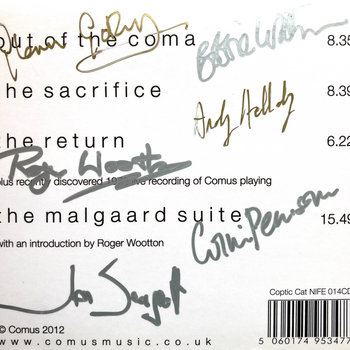


Compact Disc (CD), T-Shirt/Shirt




Comus was a folk band with a creepy, feral metal attitude. On their debut album First Utterance from 1971, the faery folk don’t appear sprinkling pixie dust; instead they bare their fangs and flutter down to feast on corpses. Comus’ 2012 comeback album retains the feeling of bloody Druidic knives flashing deep in the wood. “They led her to the stone, her fate awaits / Sacrifice; Venerate the Master / Sacrifice; Blood awake the Master” are lyrics that would fit on almost any metal album—as, for that matter, would the proggy arrangements. Swap out the flute and the strings for electric power chords, and you could have a track by Opeth—a band that, not coincidentally, cites Comus as an influence.
Cruachan


If you bellow “folk metal” at a crowded pagan ritual, nine out of 10 attendees will probably think you’re talking about music that sounds something like Cruachan. Based in Dublin and named after an Irish archaeological site, Cruachan released their first album, Tuatha na Gael, in 1995—an early entry in a burgeoning folk metal genre which combined traditional melodies and instruments with black metal or power metal. “The Voyage of Bran,” from 2011’s Blood on the Black Robe is a good example of the Cruachan’s style. An opening acoustic verse is performed in a folk Celtic music style that wouldn’t be out of place at a Renaissance Fair. Then, the metal hammer comes down, with heavy electric power chords and harsh vocals. The track never loses the folk melody, though; it’s music for leprechauns in Viking helmets to dance to amidst the corpses.
Ofärd


Scandinavian folk metal isn’t just for Scandinavia. Ofärd is a project by Sergio Ribnikov Gunnarsson, an Argentinian of Russian descent who performs Celtic folk metal. “Man of Iron,” his 2012 single from Words from the Dead is a cover of a 1996 Bathory song, performed on acoustic guitar with mouth harp. The cover is very faithful, which just goes to show Quorthon got to everything first, including folk metal.
Blood of the Black Owl


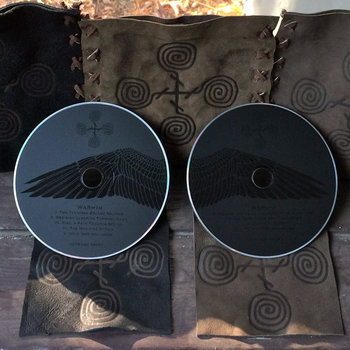
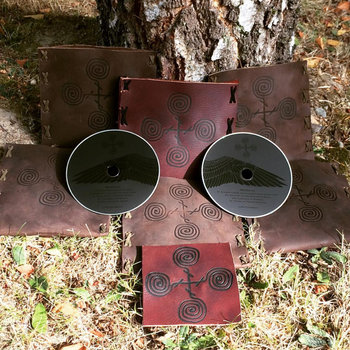
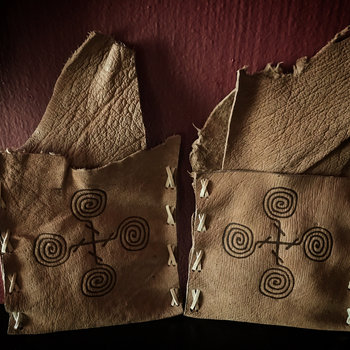


Compact Disc (CD)




“Folk metal” generally means metal with Celtic or Scandinavian influences. However, there are many other kinds of folk music, and musicians have combined those with metal in various different ways. One idiosyncratic project is Blood of the Black Owl, the nom de guerre of Chet W. Scott. Based in the Pacific Northwest, Scott is influenced by Native American music and Germanic traditions; he combines them to create what he describes on his Bandcamp page as “a primitive fusion of slow tempo Earth Metal & Woodland Ritualistic Doom.” The track “Hammer Comes Crashing Down” from his 2007 self-titled debut combines ambient ritualistic drone and doom metal trudge with a warning of environmental apocalypse.
Botanist

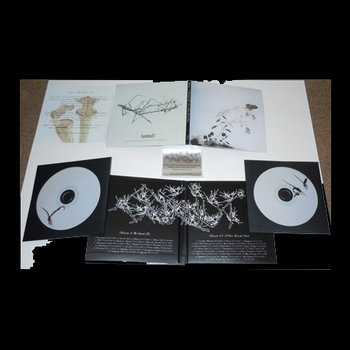
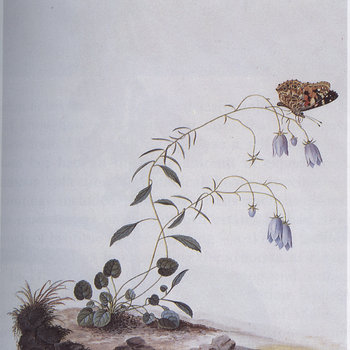
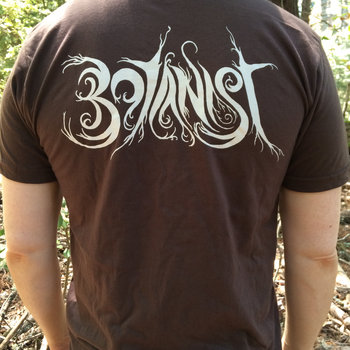
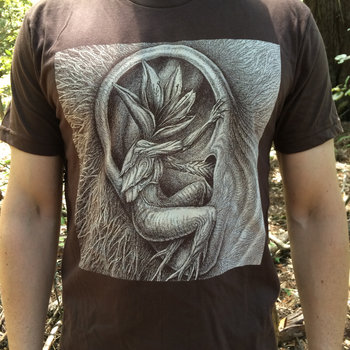



Compact Disc (CD), T-Shirt/Apparel, 2 x Vinyl LP




Like Blood of the Black Owl, Otrebor of Botanist makes droning, folk-tinged black metal about the righteous glory of nature wiping humankind from the earth. “Helleborus Niger,” from Botanist’s 2011 debut The Suicide Tree/A Rose from the Dead, features his distinctive chiming hammered dulcimer, which shimmers delicately beneath Otrebor’s shrieking vocals about the scientific characteristics of plant life.
Zuriaake



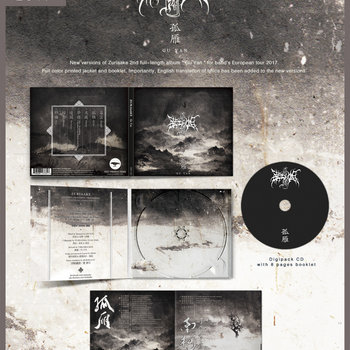


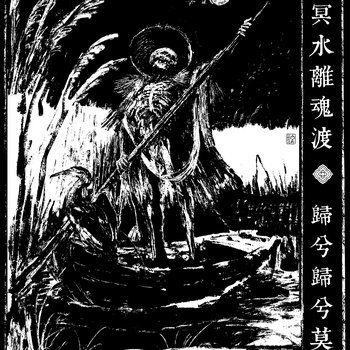

2 x Vinyl LP, Compact Disc (CD), Sweater/Hoodie, T-Shirt/Shirt




The Chinese label Pest Productions issues a regular string of interesting metal releases, but Zuriaake’s 2015 full-length debut Gu Yan is a particular high point. The album mixes folky acoustic passages that employ traditional Chinese instruments with majestic, doomy black metal. The centerpiece of the album is a majestic 20-minute long track. “Sleepwalking” is a gorgeous, lovingly composed shrieking slog, a horror film full of faceless warriors dismembering wailing civilians under a slate sky. It’s got flutes, horns, operatic vocals, some sort of sawed instrument, and acoustic passages placed at intervals so you can draw breath before the screeching starts again. It’s an endless, ecstatic tour de force.
Andaz Uzzal


Andaz Uzzal belong to a subgenre of folk metal that mixes Middle Eastern or Asian influences into metal song structures. Well-known acts include Orphaned Land and Melechesh from Israel and Myrath from Tunisia. A less-celebrated but no less fascinating band is Andaz Uzzal, a group of Algerian-French musicians who build metal on top of Berber melodies, as in this 2013 track.
Tengger Cavalry


If the words “Tuvan throat song metal” don’t stir you to your core, you’re reading the wrong metal list. Nature Ganganbaigal, a New York-based Chinese/Mongolian performer, is the brains and larynx behind Tengger Cavalry, a Chinese folk power metal outfit. In place of the gargled throat-churning rasp of most metal, Ganganbaigal uses the unbelievably deep gargled throat-churning Tuvan singing, complete with amazing whistled overtones. Tuvan music purists and metal purists alike may be mildly scandalized, but for everyone else the 2016 debut Cavalry in Thousands is a delight.
Crooked Fiddle Band


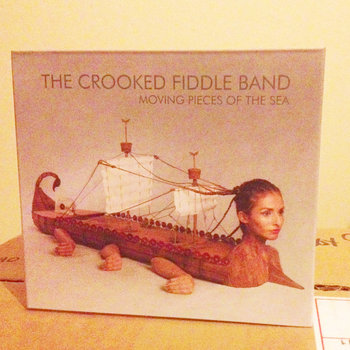


Compact Disc (CD)


The Crooked Fiddle Band is an Australian band that play metal music influenced by crazed Roma fiddle, provided courtesy of violinist Jess Randall. Their albums were recorded by Steve Albini, of all people. Their music doesn’t necessarily sound much like the punk or noise rawk Albini’s best known for, but the band does have a swagger and a bite that sometimes gets lost in folk metal’s fascination with atmospherics. “The Mountain Hag’s Advice” has the high female vocals and slow/fast dynamics you expect in your folk metal, but it also has a badass riff that would get even Zeppelin to headbang along.
Panopticon
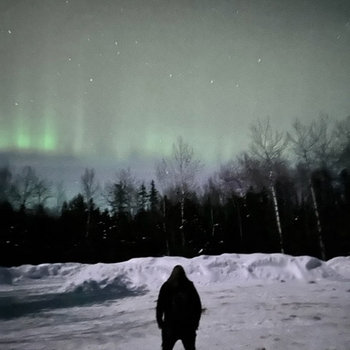

Panopticon’s Kentucky is, as far as I know, the only black metal album devoted to the cause of coal miners’ unions. The 2013 release alternates melodic black metal songs with straight bluegrass tunes, the two disparate genres united by political solidarity. “Black Soot and Red Blood” is arguably the album’s centerpiece, a 10-minute slab of black metal with a strummed acoustic bit placed in the center, over which a miner discusses a coal strike: “I learned that the politicians worked with the coal companies; I found out that the union officials were working with the coal companies; I also found out that the catholic hierarchy was working with the coal companies.” And then the black metal buzz comes in, the plutocrats gathering in the hills, as the workers get ready to fight.


